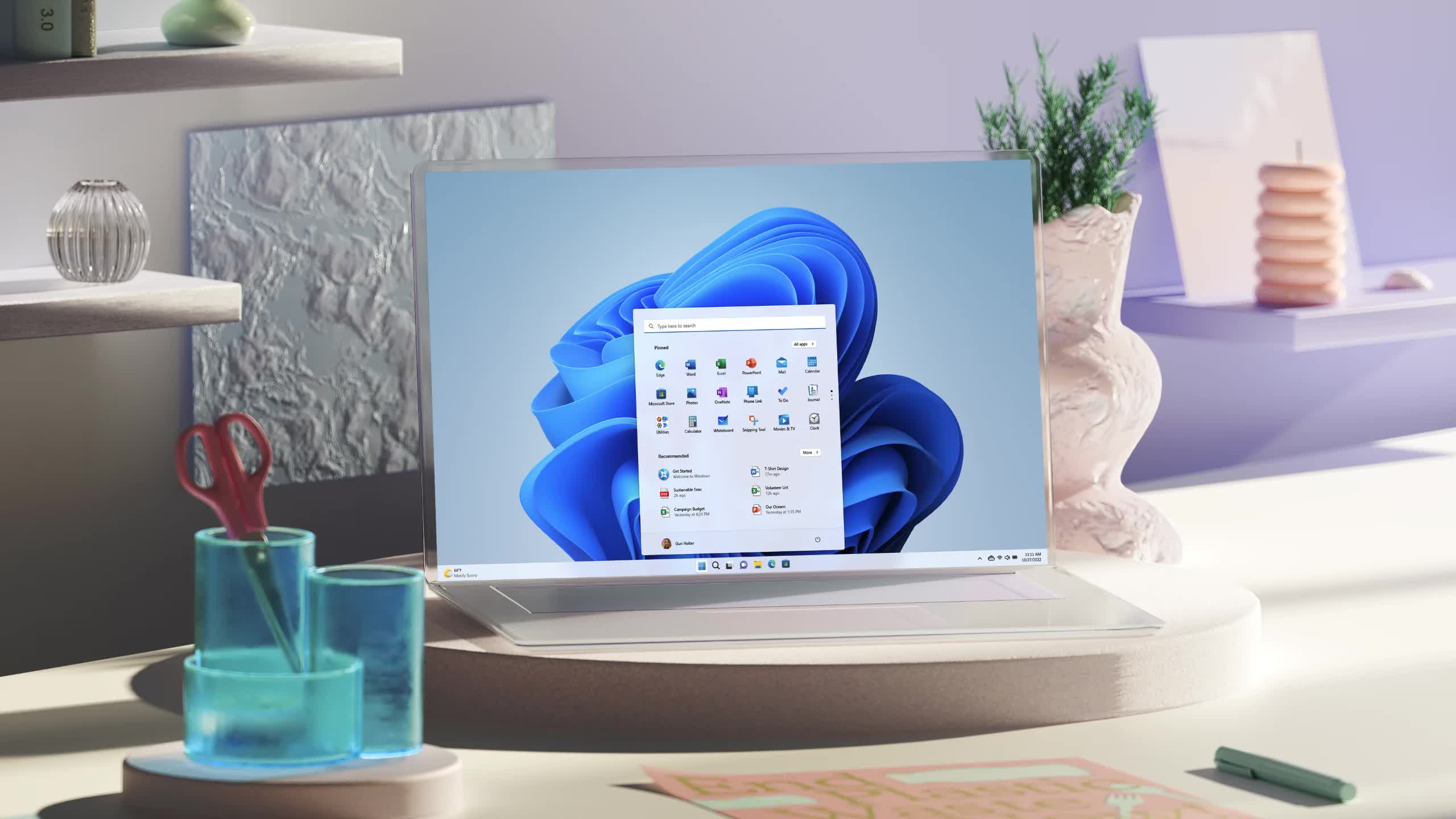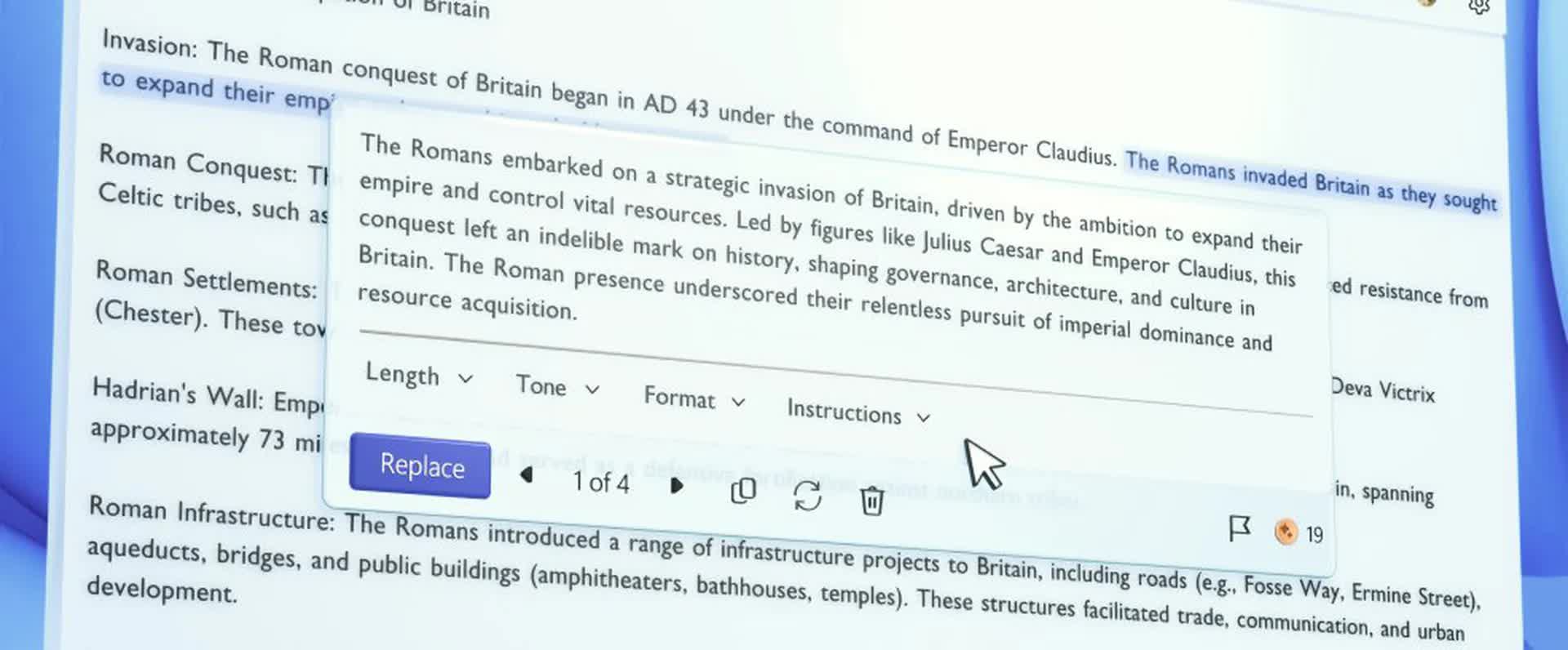What just happened? Is there any product or service that companies won't shoehorn some form of AI into? Apparently not, given that Microsoft is adding a generative AI feature to the humble Notepad app in the next big Windows update, codenamed Hudson Valley.
X/Twitter user @PhantomOcean3 posted a screenshot of the Notepad AI feature, called Cowriter. Much like similar generative AI tools, it uses its artificial intelligence to rewrite text, make it shorter or longer, and change the tone or format.
New Notepad feature soon™ï¸Â pic.twitter.com/yv6axwuG2e
– PhantomOcean3 âÂÂï¸Â (@PhantomOfEarth) January 9, 2024
The screenshot also appears to show that Cowriter will use the same credits system found in Paint's DALL-E 3-powered Cocreator feature. This involves a number of credits that deplete every time the AI is used. Microsoft has not said how many credits everyone gets, how often they are restored, or how much it will cost to buy more.
References to Cowriter were found in program files for Microsoft's latest test build of Windows 11. Also discovered were mention of a waitlist for the feature and a hero image that could be used to market Notepad Cowriter, suggesting Microsoft might be getting ready to make an official announcement.
The venerable Notepad app has been given several updates over the last few years. Microsoft added a dark mode, Mica visuals, improved find/replace, and multi-level undo tools in 2021, while more recent additions include browser-style tabs, character counts, and autosave. The fact Microsoft is killing off WordPad after 30 years partly explains the new focus on improving Notepad.
The Hudson Valley update, which could be Windows 12, is expected to have AI features integrated into virtually every element of the OS. It's also said to take up less storage space because of its modular nature, offer faster updates, and be a lot safer.
Few companies are going all-in on AI quite like Microsoft, but then it has spent around $13 billion on its partnership with OpenAI. Last week brought news that the Redmond giant is adding a dedicated Copilot key to new Windows keyboards, marking the first time the standard Windows keyboard layout has seen a big alteration since the Windows key appeared in 1994.

